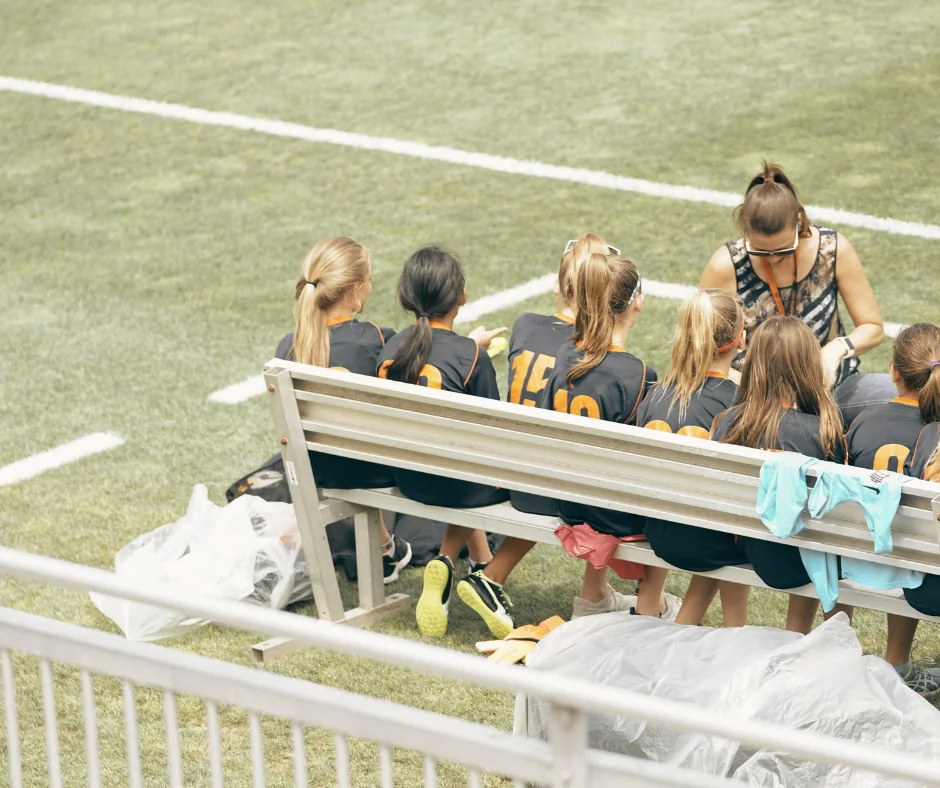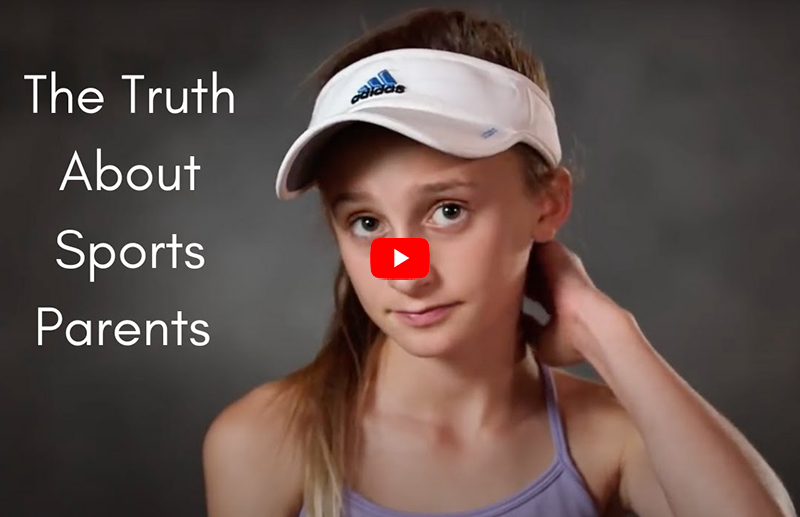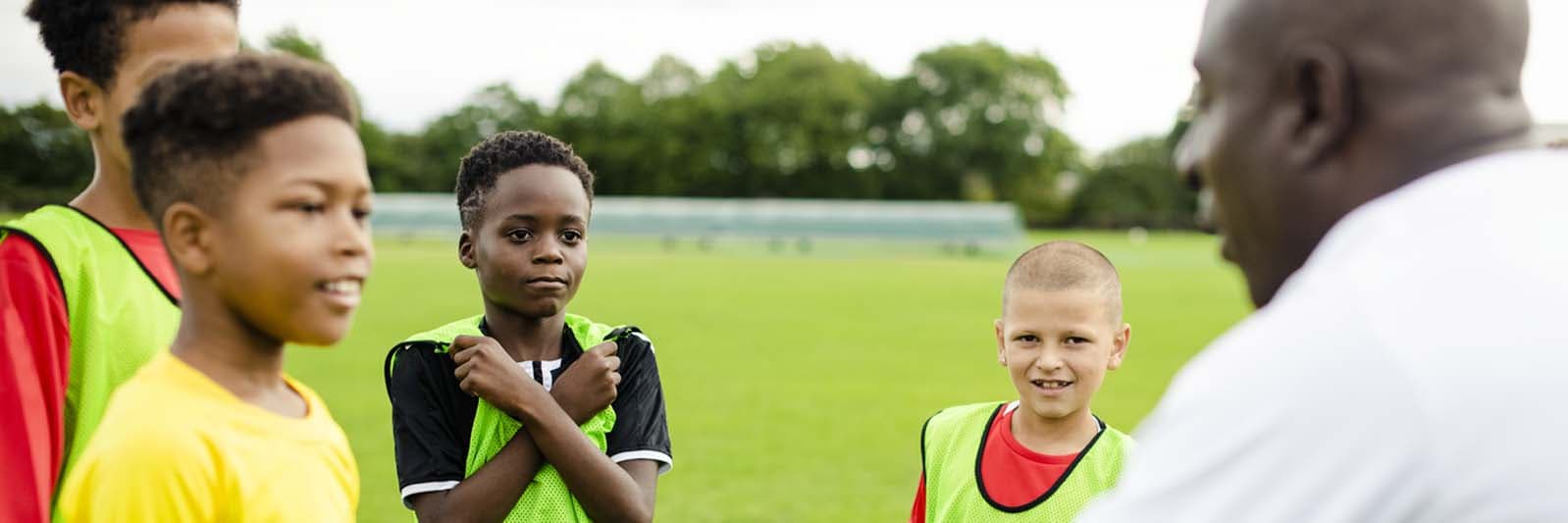
6 Things Sports Parents Need To Know About Sports Specialization
Six things sports parents need to know about early sports specialization. Take a walk through your local park, and you will probably find three-, four-, and five-year-olds playing organized sports. There’s a coach, cones, and they’re running drills. Parents sign their kids up because their neighbor, classmate, or best friend is doing it. And so it begins, the rush to play organized sports, mainly because we don’t want OUR kids to be left behind. But the truth is that if parents understood some basic principles about how the brain and body work, they would delay organized sports and delay specializing. As David Epstein, the author of the New York Times bestsellers Range, Why Generalists Triumph In A Specialized World and The Sports Gene; Inside The Science Of Extraordinary Athletic Performance, shared, “It’s like teaching our kids grammar before they have learned how to talk.”
Dave Fish, former Harvard Tennis Coach and Co-founder of NXT Athletics Institute for Learning recently shared this with us.“Meaningful learning results when three elements-thinking, feeling, and actions–work together.” Kids get this most easily through fun and play, not through repetitive training, early specialization, and focusing on outcomes like winning.
Experts across the board agree early specialization does more harm than good. It can lead to injury, burnout, and often quitting.
We realize it’s difficult to find the time to play multiple sports, but it’s not really about playing another sport, it’s about moving your body in different directions and in different ways and on different surfaces. Kids can play pickup basketball at a friends house, skateboard around the neighborhood, climb a tree, go for a run, hike with the family, or play pickle ball. Consistently doing movements different from their own sport will help reduce injury and improve performance in their chosen sport.
In a recent conversation, we asked David Epstein about his research on sports specialization.
He shared the 6 Things Sports Parents Need To Know About Sports Specialization:
1) It’s not just the parents’ fault
The system currently in place is because of economics – youth sports drive a lot of business for clubs, leagues, equipment, travel, and hospitality. It’s big business, and it feeds on the anxiety of the parents. The 6-year-old travel teams lead to the 7-year-old travel team; if your child doesn’t play at that age, how will they ever make it onto the 10-year-old travel team, which is a pipeline for the high school team, etc.? The system has created massive FOMO (fear of missing out) and a belief that your child will never be able to catch up if you don’t join in. It all starts with money, though. Those who can’t afford it can’t sign up.
You might also be interested in reading: Who’s To Blame For The Decline In Multi-Sport Athletes?
2) We are creating good Junior National Level athletes but not great athletes for college and beyond
A sport scientist at Queen’s University in Canada named John Coe looked at where elite athletes actually come from and whether they specialized or not. Coe found if a child comes from a town with a population of 100,000 or less, they are 18 times more likely to make it to the pro level. He found this to be true in every single sport. Coe investigated why this was happening and discovered in small towns, there wasn’t a rush to specialize. Just the opposite. Oftentimes, there was one coach in town coaching all the sports, which switched from season to season. There wasn’t the economic competition driving the pressure and anxiety to specialize. Whereas in the bigger cities, the goal is aimed at trying to make a kid be their best 12-year-old self, not their best 20-year-old self, and that turns out to not actually be the best for ultimate athletic development. So, with good intentions of capitalizing on a 10,000 hours idea, what we’ve really done is made sure that we have wonderful junior national teams. There’s almost no translation of the athletes from the junior national team to senior national teams in most cases anymore.
Case Study Of A Family Who Found A High Level Of Success Without Specializing Early
3) Specialization leads to life-long health problems
Specialization is focused technical training – 9 months or more out of the year before children have gone through puberty. It is the number one predictor that a young athlete will suffer an adult-style over-use injury, which means maybe a torn ligament or fracture of the vertebrae because kids’ bones aren’t ossified yet. These are injuries liable to affect the individual their entire lives. The second best predictor is family socioeconomic status. Strikingly, the higher a family’s socio-economic status, the more likely they are to have a child with an adult-style over-use injury because they can afford all these travel teams and extra workouts. We’ve created a health epidemic that affects people who are more well-off, which is really eye-opening.
4) The earlier a child is matched to a sport, the more likely it will be the wrong sport
It’s difficult to know who kids are athletically before they’ve gone through puberty. Many studies in other countries have proven this. In the United States, though, we have the largest number of athletic participants in the entire world, so we don’t have to be efficient with athletic development. For example, in college track and field, there are about 40,000 runners being supported in training and in the college system, which is more than the rest of the world combined. In the U.S., we have the luxury of burning out athletes in order to just get to the best through the filter. Other countries don’t.
The Netherlands, for example, was second and third in the previous two World Cups (soccer). Surprising for such a small country. Here, though, kids in the soccer development pipelines are not ranked based on their biological development. Translation: The bigger, faster, stronger kids aren’t necessarily seen as having more potential than smaller kids who aren’t yet as biologically mature. Coaches recognize the huge difference age can have on motor skill development and that certain kids mature faster. No longer are coaches kicking kids off a team before they’ve reached peak height velocity – a scientific term for a growth spurt. The Netherlands realized too often they thought they were seeing talent when what they were really seeing was biological maturation.
5) We can learn from Cirque Du Soleil
Cirque du Soleil and the National Circus School Museum have some of the most incredible athletes. They use a physiologist who works with Canadian Olympians, and they have begun forcing the athletes and recruits to learn other performers’ skills and talents, not because they plan to perform in them, but because it reduced their injury rates by one third.
6) Specializing later increases a child’s chances of success
The average age a child specialized who went on to earn a college scholarship was 15 years old. It’s clear that for a couple of extra years into those mid-teens, the athletes holding onto multi-sports had more success in later years. What also helps is participating in more free-form sports opportunities. In Brazil, many kids are playing soccer, but not in technical training, just playing. Some are using a makeshift ball and fields, and every day, it could be in a different location: an alley one day and on the beach the next day; it might as well be a different sport because the surfaces are so different, and they are getting a diversity of stimuli.
More articles you might like:
A father’s ode to his son’s final game
I was one of ‘those’ moms you all hate
My daughter quit sports, and this is what sports parents need to know











